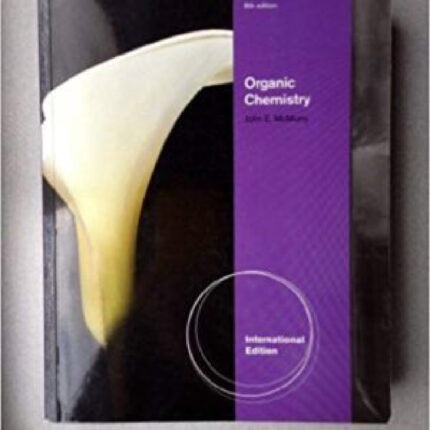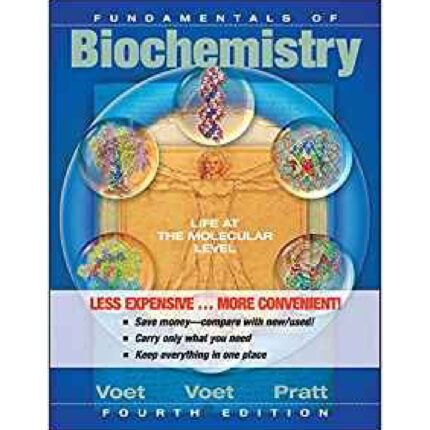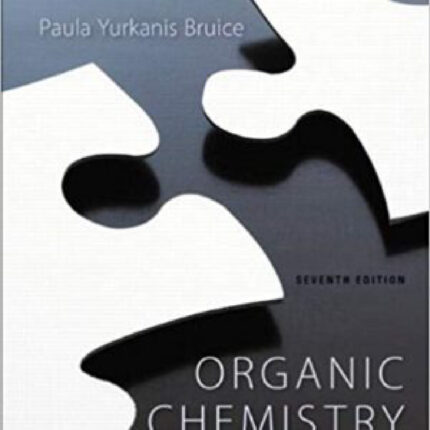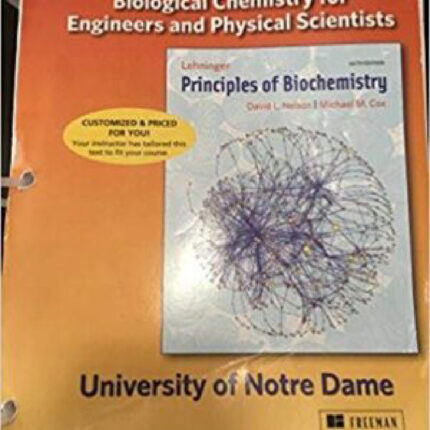Multiple Choice
11. An uncatalyzed reaction has a rate of 4.2 × 10–7 sec–1. When an enzyme is added the rate is 3.2 × 104 sec–1. Calculate the rate enhancement caused by the enzyme.
A) 3.2 × 104
B) 7.4 × 10–3
C) 1.3 × 10–2
D) 7.6 × 1010
E) The data are not appropriate for the calculation requested.
Ans: D
Level of Difficulty: Moderate
Section: 11.2
Learning objective: Activation Energy and the Reaction Coordinate
12. Which of these amino acid groups would not make a good nucleophilic catalyst?
A) amino
B) sulfhydryl
C) imidazole
D) methyl
E) hydroxyl
Ans: D
Level of Difficulty: Easy
Section: 11.3.B
Learning objective: Catalytic Mechanisms
13. The imidazole side chain of histidine can function as either a general acid catalyst or a general base catalyst because
I. the imidazole group has a pKa in the physiological pH range.
II. in the physiological pH range, the nitrogen in the ring can be easily protonated/deprotonated.
III. one guanidino group is protonated, and the other is deprotonated at physiological pH.
IV. the imidazole group is a strong reducing agent at physiological pH.
A) I, II
B) I
C) II, IV
D) II, III
E) IV
Ans: A
Level of Difficulty: Moderate
Section: 11.3.A
Learning objective: Catalytic Mechanisms
14. A new serine protease was discovered that preferentially cleaves a peptide bond adjoining a negatively charged side chain. Which of the following is true?
A) The specificity pocket would mimic that of chymotrypsin.
B) The specificity pocket would mimic that of trypsin.
C) The specificity pocket is likely lined with amino acids such as Arg and Lys.
D) It likely reacts much slower than chymotrypsin.
E) It likely reaction much faster than chymotrypsin.
Ans: C
Level of Difficulty: Moderate
Section: 11.5.C
Learning objective: Serine Proteases
15. If you add enzyme to a solution containing only the product(s) of a reaction, would you expect any substrate to form?
A) It depends on the time interval and temperature of reaction.
B) It depends on the concentration of products added.
C) It depends on the energy difference between E + P and the transition state.
D) All of the above may determine if product forms.
E) None of the above determines if product forms.
Ans: C
Level of Difficulty: Difficult
Section: 11.3.E
Learning objective: Catalytic Mechanisms
16. Which one of the following is correct?
I. All enzymes are highly specific for the reactions they catalyze.
II. Prosthetic groups are loosely associated with the polypeptide chain of an enzyme.
III. If an enzyme-catalyzed reaction requires a group with a low pK to be deprotonated and a group with a higher pK to be protonated, the pH vs. rate curve will have a peak in the middle of the two pK values.
IV. When comparing types of catalysis, the proximity effect provides the largest rate enhancement.
A) I, II, III, IV
B) I, III
C) I
D) III
E) IV
Ans: D
Level of Difficulty: Difficult
Section: 11.3
Learning objective: Catalytic Mechanisms
17. Which of the following amino acid residues would not provide a side chain for acid-base catalysis at physiological pH? (Assume pK values of each amino acid are equal to the pK value for the free amino acid in solution.)
I. leucine
II. lysine
III. aspartic acid
IV. histidine
A) I, II, III
B) I, II
C) I
D) II
E) I, III
Ans: A
Level of Difficulty: Difficult
Section: 11.3.A
Learning objective: Catalytic Mechanisms
18. Which of the following amino acid residues would provide a side chain capable of increasing the hydrophobicity of a binding site?
A) histidine
B) lysine
C) isoleucine
D) arginine
E) serine
Ans: C
Level of Difficulty: Moderate
Section: 11.3
Learning objective: Catalytic Mechanisms
19. Which of the following is TRUE about enzymes?
I. Enzymes typically catalyze reactions at much higher rates than chemical catalyst.
II. Enzymes are often very specific for their substrates.
III. Enzyme activities can often be regulated.
IV. Enzymes typically act under milder conditions of temperature and pH than chemical catalysts.
A) I, II, III
B) I, II, III, IV
C) II, II
D) III, IV
E) II, III, IV
Ans: B
Level of Difficulty: Moderate
Section: 11.3.E
Learning objective: Catalytic Mechanisms
20. In affinity labeling, a technique used to study enzyme mechanisms,
A) A compound designed to bind at the active site reacts with and therefore permits the identification of a nearby group.
B) A fluorescent group is attached to the substrate to identify the position of the active site.
C) Highly purified enzyme is obtained by affinity chromatography for mechanistic studies.
D) A radioactive isotope is incorporated into the substrate to identify the position of the active site.
E) Genetic modification of amino acid residues is used to alter the binding affinity of the active site.
Ans: A
Level of Difficulty: Moderate
Section: 11.5.A
Learning objective: Serine Proteases













Reviews
There are no reviews yet.